A retrovirus is quietly resurfacing in cat populations.
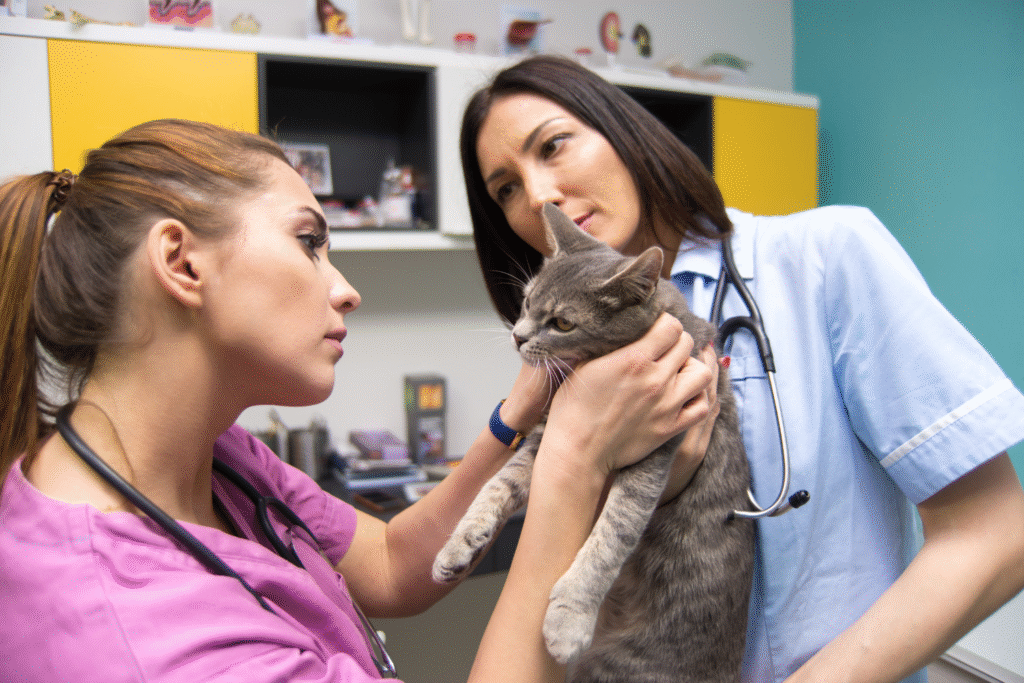
Feline Leukemia Virus (FeLV) has never truly disappeared—it only went quiet. Now, new testing data from shelters and regional studies show it’s resurfacing, especially in areas with high stray cat density or uneven vaccination coverage. Because FeLV spreads through close contact and can lie dormant for years, outbreaks build slowly before anyone notices. Many owners assume the risk is gone, but veterinarians warn the opposite. Early detection and consistent prevention are once again critical for protecting both household pets and entire feline communities.
1. The viral prevalence is rising in some communities.

Recent veterinary surveys show FeLV infections climbing again among unvaccinated and outdoor cats. A 2024 European study found a 4 percent RNA prevalence among Swiss strays, with rates nearly doubling in symptomatic cats, as reported by MDPI Viruses. Another 2025 study in Portugal discovered 8.5 percent positivity using PCR testing, confirming localized rebounds. These increases mirror shelter testing data in North America, where positive results have ticked upward since the pandemic. The pattern suggests that inconsistent testing, reduced vaccination, and growing feral populations are fueling a quiet resurgence.
2. Transmission still depends on close, sustained contact.

FeLV doesn’t spread through the air or from casual proximity. The virus requires intimate exchanges—mutual grooming, bite wounds, shared food bowls, or nursing—to move between cats. It dies quickly outside the body, surviving only a few hours under normal indoor conditions, according to the Cornell Feline Health Center. That fragility makes home hygiene and testing new cats before introduction extremely effective defenses. In multi-cat households or shelters, the difference between an isolated infection and a full outbreak often comes down to awareness of just how easily saliva-based contact can transmit the virus.
3. Young cats remain especially vulnerable to progressive infection.

Kittens under six months face the greatest danger because their immune systems aren’t yet strong enough to suppress viral replication. According to the 2020 AAFP Feline Retrovirus Testing and Management Guidelines, kittens are “more susceptible to progressive infection, FeLV-associated disease, and death if exposed to FeLV compared with adult cats.” Their developing immunity makes them less capable of controlling the virus once infected, allowing it to spread throughout the body. That age difference explains why vaccination and early testing are prioritized before exposure can cement a lifelong infection.
4. Some cats suppress the virus but still carry risks.
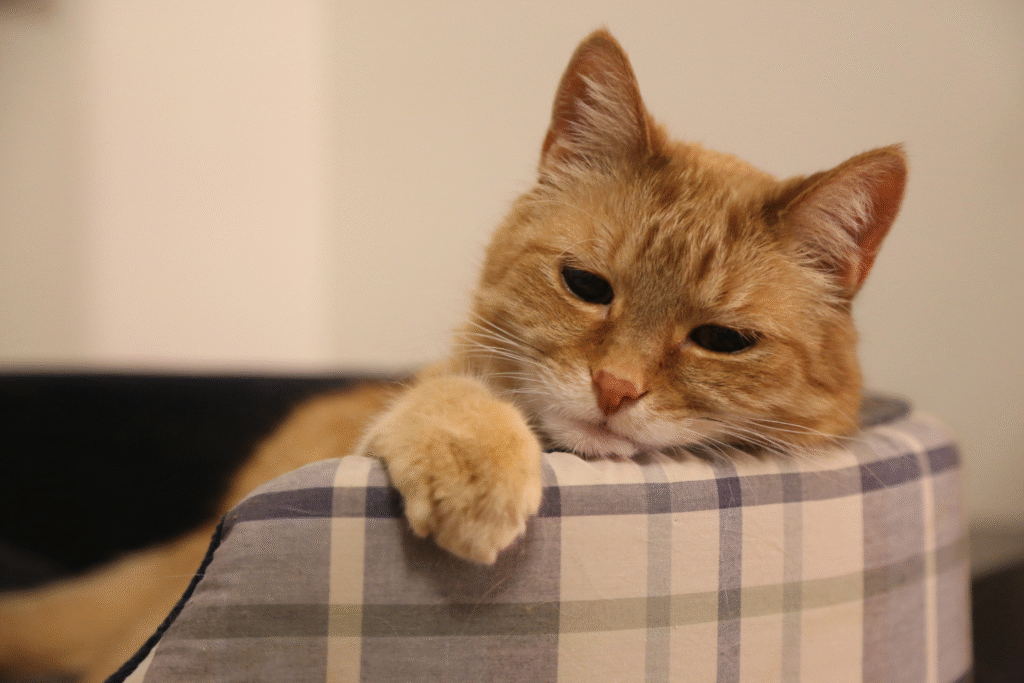
Not every exposed cat becomes visibly sick. Some fight off the virus entirely, while others enter a “regressive” phase where FeLV integrates into DNA but stops replicating. These cats look healthy, yet stress, other infections, or immune suppression can reactivate the virus years later. Veterinarians monitor these cases with periodic bloodwork to catch early shifts in viral load. Understanding this spectrum—from abortive to progressive infection—explains why some cats live long lives post-exposure while others decline rapidly despite similar beginnings.
5. FeLV links strongly to anemia, lymphoma, and immune collapse.
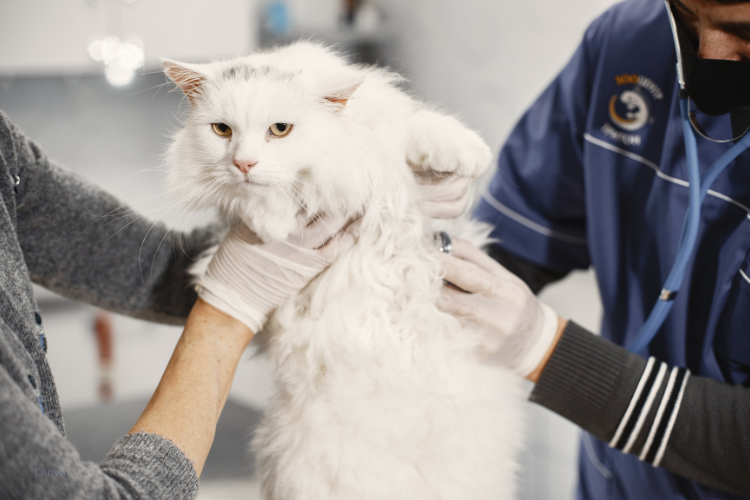
Once the virus invades bone marrow, it disrupts blood cell production and weakens immune defense. Chronic infections, weight loss, and pale gums often precede more severe symptoms like lymphoma or bone marrow failure. Many cats appear fine until one infection lingers too long, revealing the hidden toll FeLV has taken. Because these illnesses mimic other conditions, diagnostic delays are common. Recognizing persistent fatigue or repeated infections as red flags helps prevent small problems from becoming terminal ones.
6. Diagnosis often needs repeated and layered testing.
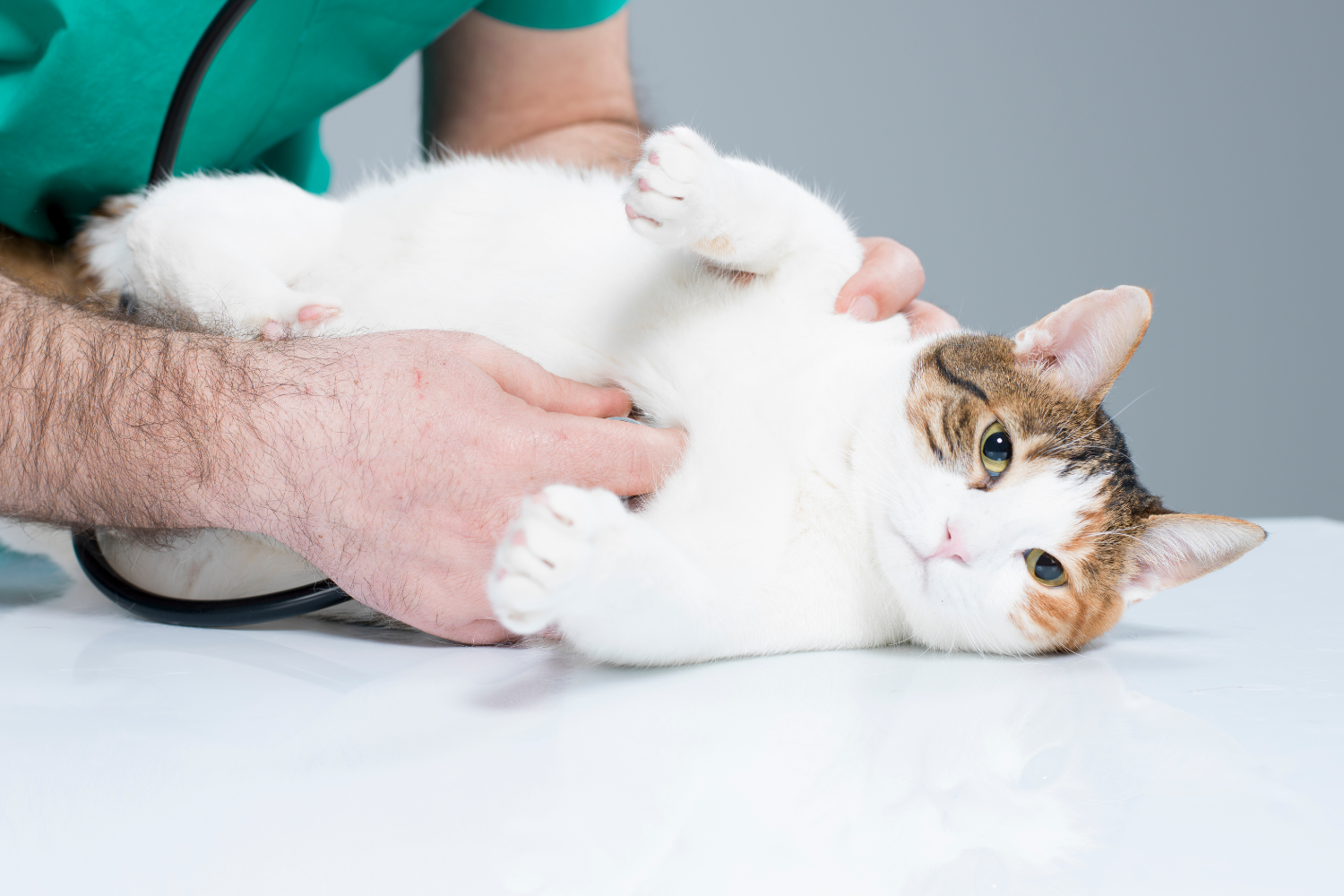
A single test isn’t always definitive. Early after exposure, the virus may not yet show up on screening panels. Veterinarians usually start with an ELISA test to detect viral antigens, then confirm results through IFA or PCR. Retesting four to eight weeks later gives a clearer picture of viral activity. This staged approach helps distinguish transient exposure from established infection. Without it, many early carriers would slip through the cracks undetected until the disease advanced beyond control.
7. Vaccination remains one of the best defenses available.

FeLV vaccines aren’t flawless, but they significantly reduce risk in cats that haven’t been exposed. The protection is strongest when started in kittens and boosted regularly. Outdoor cats, shelter cats, and those in multi-cat homes benefit most. Vaccination also acts as population-level control, limiting viral circulation even among unowned animals. The renewed spread has prompted many veterinarians to recommend resuming FeLV vaccination for cats once considered low risk, reflecting how easily the virus adapts when vigilance fades.
8. Indoor life dramatically reduces transmission chances.

Limiting outdoor access keeps cats away from the primary sources of FeLV—unknown cats and shared feeding areas. Keeping FeLV-positive cats indoors also protects others while ensuring infected cats live safer, longer lives. Even indoor-only homes benefit from occasional testing, especially after fostering or adopting new pets. Containment is compassion here, not restriction; it’s how communities break viral chains without isolating the cats that already carry them.
9. Early symptoms are vague but meaningful if noticed.
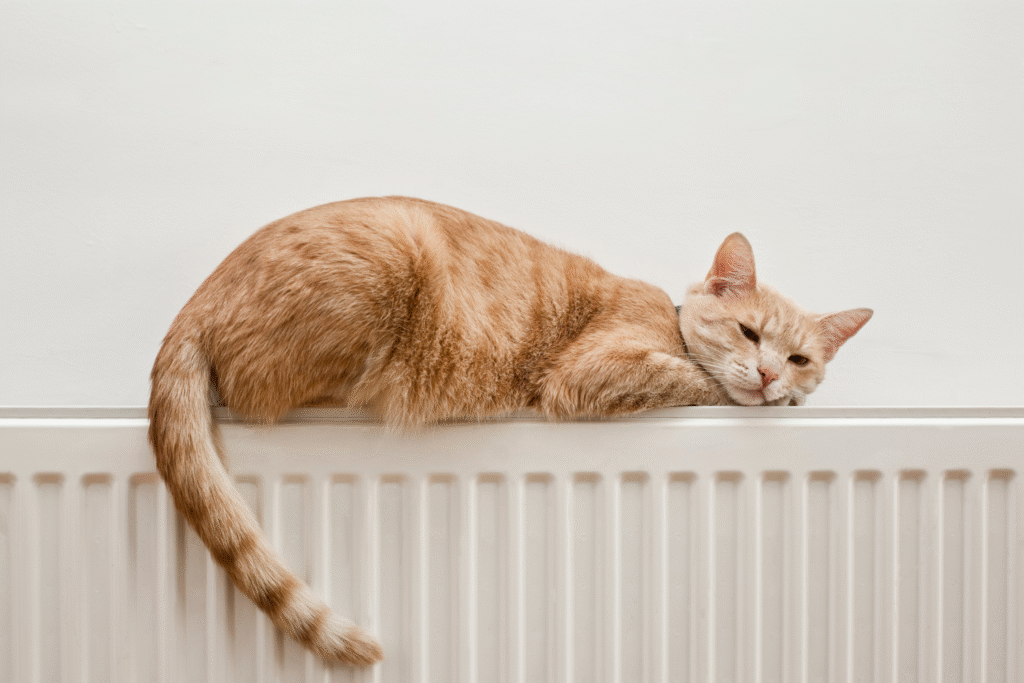
FeLV’s first signs rarely look like a viral infection. They show up as appetite loss, slow weight decline, low energy, or recurring respiratory flare-ups. Sometimes the only clue is a cat that “just seems off” for weeks. Because the disease can remain dormant, minor irregularities can be the earliest warning of deep immune disruption. Acting on these subtleties—especially in young or outdoor cats—can make the difference between managing FeLV and discovering it when options are gone.
10. Awareness and testing remain the strongest protection.
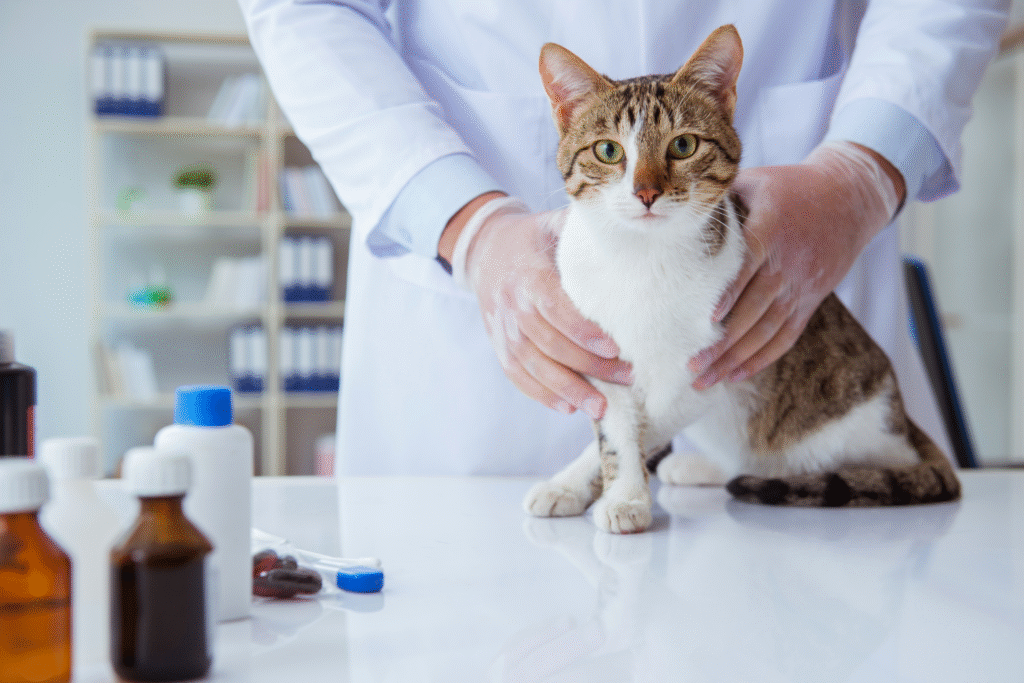
FeLV’s return isn’t a cause for panic, but it is a reminder that prevention works only when it’s maintained. Testing, vaccination, and responsible pet introductions protect not just one cat but the entire feline network around it. The virus may be resurging, but so can our collective awareness. In a world where cats live longer, healthier lives than ever before, vigilance remains the most powerful medicine we have.
